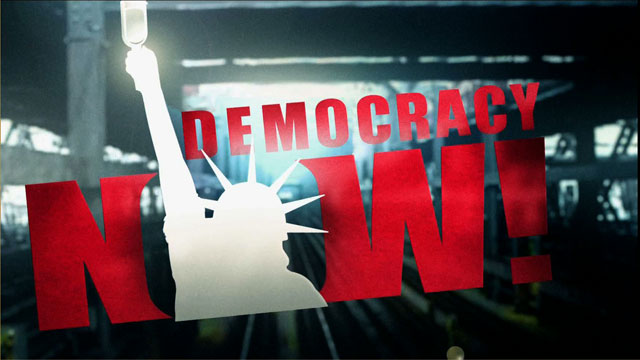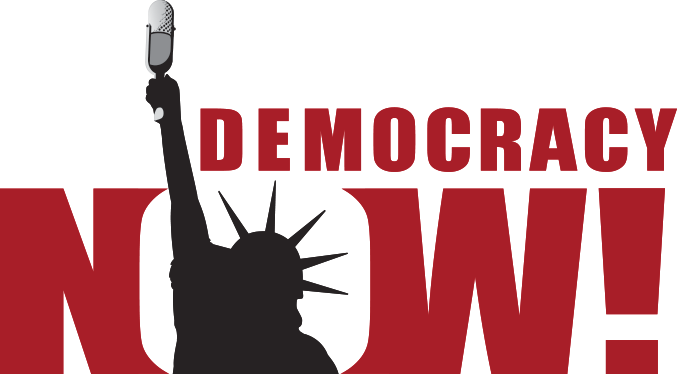
Despite a 33% drop in juvenile crime since 1993, two thirds of the American public believe that juvenile crime is onthe rise. Youth face zero tolerance policies in courtrooms, classrooms, neighborhoods, and prisons. Between 1992 and1997, some 47 states enacted laws making it easier to transfer youth from the juvenile justice system to the criminaljustice system. School boards brought police departments into the schools. And in the streets, youth, and especiallyyouth of color, face fear from civilians and harassment and violence from police.
According to a recent ABC poll, 82% of the people who perceive crime as a national problem say that their assessmentis based on what they see in the news, while only 17% say that their view is based on personal experience.
Young people who are the target of stereotypes are well aware of the connection between prejudice and the influence ofthe media.
When the national media training and strategy center, “We INTERRUPT This Message”, held media trainings with youthorganizations across the country, young people said that they wanted to learn not only how to get their message intothe media, but how to document the prejudice of the media outlets and hold them accountable.
So “We INTERRUPT This Message” joined forces with Youth Force, a youth-led South Bronx organizing group, to study howyouth crime gets reported. Two weeks ago, after a year’s work, the groups published their final report, “In BetweenThe Lines: How the New York Times Frames Youth.”
Guests:
- Shaquesha Alequin, member of Youth Force and student at the Schomburg Satellite Academy.
- Joseph Vazquez, member of Youth Force and student at Arturo Schomburg Satellite Academy.
- Pia Infante
, We INTERRUPT This Message.Related link:











Media Options